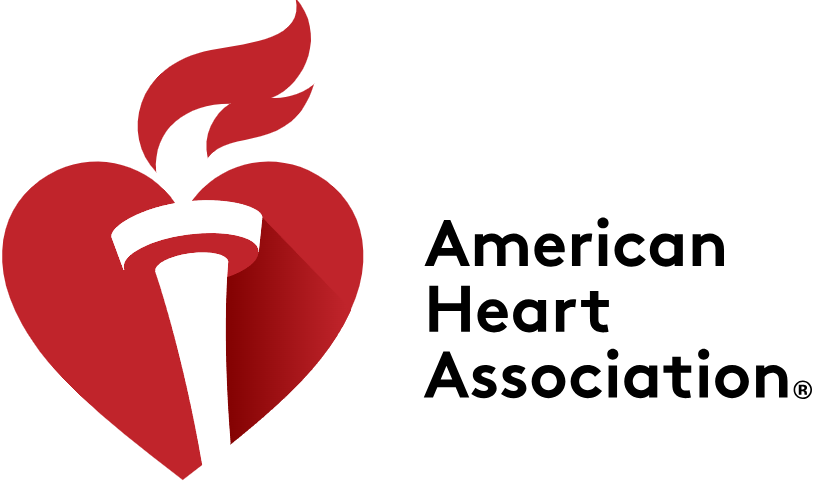AED campus deploy policy in China face to some challenges
On August 10, 2021, the Beijing Municipal Education Commission’s official website issued a notice on the deployment of automatic external defibrillators (AED) on campus: Jingjiaohan [2021] No. 388, requiring all subordinate units to implement the Each school is required to configure at least one AED automatic external defibrillator equipment, and make specific plans for corresponding campus AED training. This is a major favorable policy of great significance for strengthening the implementation of the construction of the urban pre-hospital medical emergency system, advancing the configuration of first aid facilities in public places, and helping the construction of a healthy China. However, due to time constraints and heavy tasks, etc., to make this AED configuration policy really be carried out on our campus with high quality, this will also face the following challenges for the place (schools).
1. The short-term financing of AED purchase costs has increased budgetary pressure on campuses
Beijing Jiao Han [2021] No. 388 requires that "The purchase cost of AED automatic external defibrillator equipment should be solved by ordinary colleges and secondary professional schools, and the primary and secondary schools should be coordinated by the district education committee." According to the current market price estimate, one AED The price of automatic external defibrillator equipment generally ranges from tens of thousands of yuan, plus the AED outer box, AED cabinet, AED sign, and AED tool kit require a small investment of several thousand. Generally speaking, each school has invested at least tens of thousands of AED equipment. Taking into account the AED project to be more solid, AED personnel training needs to be implemented, campus AED management specifications need to be formulated, and AED online management applications need to be customized, developed and updated. And maintenance, but also consider the AED equipment consumables: AED patch, AED battery and other regular update needs, it is not a small budget. What's more, one AED automatic external defibrillator equipment in each school is only a minimum guarantee requirement. If AED demand is really to be calculated on demand, generally speaking, at least one AED equipment must be installed on each floor of a school of this size. School restaurants, sports venues, swimming pools and other places with relatively high incidence of sudden cardiac death need to be configured separately. In this way, the configuration of a school may be more than ten or even dozens of times more than one guarantee. For example, in 2019, Tsinghua University launched the public defibrillation program, and the number of AED donated in a single donation reached 341 units. This is undoubtedly in the forefront of public safety services in the local education field. Considering the file requirements, Tsinghua only needs to install one AED device. Although this is compliant, it does not meet the actual needs of risk control. Of course, each campus wants to make AED projects better, more in place, and more solid, which will undoubtedly put a certain pressure on the financing of the budget.
2. There may be a large gap between the bottom line of the number of AED campuses and actual needs
From scratch, we see that the configuration policy of at least one AED device on each campus has led to the formation of a new trend of campus safety and even urban safety to a large extent. However, considering the actual conditions of the respective campuses, the number of teachers and students, the intensity of regional activities, and the actual architectural pattern, the policy goal of at least one unit for each school can only be the bottom line of compliance, in order to meet the original intention of the project and improve the completion of the project. Quality, the actual configuration requirements of each school’s AED equipment will be far greater than one piece of equipment. But here is the same problem, that is, the increase in demand also means the increase in investment. This part includes at least: the increase in investment in equipment, accessories, maintenance, training, publicity, quality control, etc., as well as evidence that may occur in the future. Further challenges faced in chain collection, legal services, and psychological assistance.
Third, the purchase of different brands or the increase of AED training and later operation differences
Based on Document No. 388, "Schools of all levels and types must purchase automatic external defibrillators (AED) that meet the relevant national standards and industry requirements to ensure the normal use of the equipment." Requirements: The purchase cost of AED is required by ordinary colleges and secondary professional schools Solve it by itself, and the primary and secondary schools shall be coordinated by the district education committees. As a result, due to the diversity of funding channels, schools of all levels and types should eventually choose different brands of AED equipment. From the perspective of AED training and teaching, the content of chapters such as the basic principles and scope of adaptation of AED can be consistent in cross-brand teaching, and in terms of operating procedures, each brand, and even different models of a brand, have more or less operating procedures. For example, some brands provide complete CPR prompts by default in the standard operating procedures, while others only provide compression-only CPR, that is, no artificial respiration prompts. On the other hand, in terms of operation after the equipment is purchased, the different shelf life of electrode patches, body batteries, etc. will also lead to differences in later operating budget plans.
4. Compliance requirements such as the definition and number ratio of campus emergency personnel need to be further improved
The document pointed out: “While installing the instrument, a certain number of relevant personnel should be organized to conduct training on the use of the instrument. On this basis, the school Red Cross organization can further strengthen the training of the use of the instrument when conducting emergency care training to ensure that emergency personnel Master first aid skills scientifically and effectively." The document does not specifically define "first aid personnel", such as: what kind of personnel are campus first aid personnel? What qualifications do campus emergency personnel need? In addition to the campus emergency personnel designated by the school, can ordinary teachers and students use AED equipment when needed? What is the ratio of emergency personnel on campus to the total number of school personnel in each school? Can the support time and scope of campus emergency personnel fully cover the needs of campus life? And so on, the problem needs to be further improved.
From a policy perspective, it is undoubtedly a good thing for AED to land on campus. It not only played a positive role in promoting campus safety and even the construction of urban safety, but also actively responded to the important content of the important instruction of General Secretary Xi Jinping "Research and deployment to further strengthen the safety protection of campus and social children." The Beijing AED campus deployment policy is a good starting point, and it will play a positive role in exploring and further improving campus safety-related policies. At the same time, as the relevant security policy of the capital Beijing, it will play an active role in leading and demonstrating the public security layout of other provinces, municipalities, and autonomous regions, and even other countries.
























